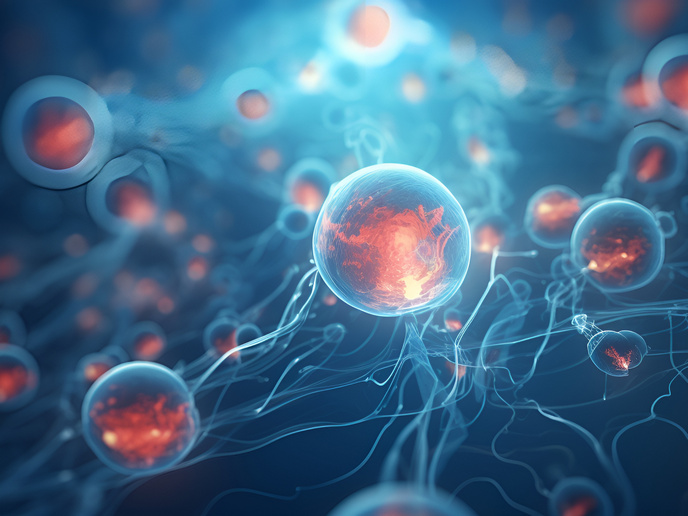Studying depression in mouse models
Depression is one of the top 10 causes of morbidity and mortality around the world. It is also associated with an economic burden. In Europe alone, the illness costs about EUR 120 billion each year. This project, 'Innovative approaches to phenotype mood disorders in mouse models' (MODELMOOD), used the Intellicage system, which allows researchers to measure in an automated fashion the behavioural responses of each individual in a group. These responses can then be used to develop and validate new experimental protocols that permit high-throughput, innovative and comprehensive behavioural characterisation of current and future mouse models of depression. Researchers developed three protocols to measure behavioural changes associated with depression in mice. The first was a pattern separation task, where mice were trained to respond to light colour stimuli. Yellow and blue corresponded to either a reward or adverse event, and vice versa. Researchers used the subjects' learning curves or continued discrimination between the colours as measures of depression-like behaviour. The second protocol, a cognitive bias test, used similar colours to measure whether mice have an optimistic or pessimistic bias. Finally, the last protocol tried to differentiate between 'wanting' versus 'liking' avoidance of pleasure, a condition called anhedonia. All three protocols have been validated using experimental models of depression or evaluating the effects of antidepressants. In addition to behavioural parameters, neurochemical and endocrine end points were investigated to show that brain functions were modified as well. The value of MODELMOOD is that it is a new tool to further explore the neural mechanisms underlying the vulnerability and recovery from major depression. The hope is that this research will lead to a better understanding of the aetiopathology of major depression. These new insights have the potential to lead to new targets for the development of novel pharmacological treatments.







